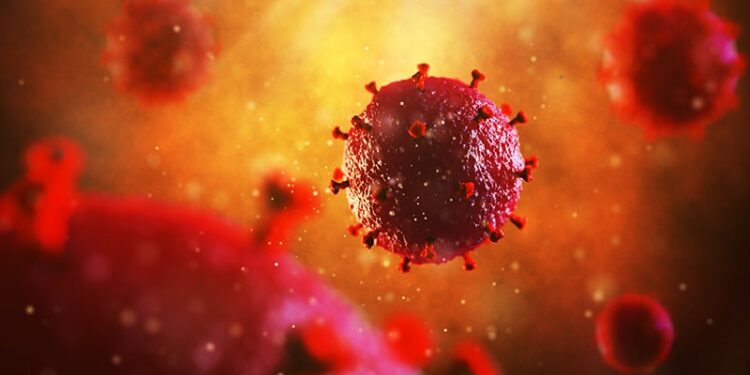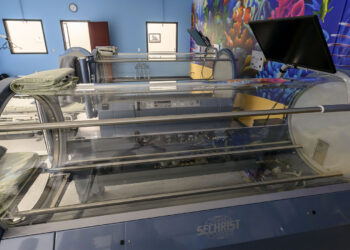TOPLINE:
Lineages involved in transmission bursts of HIV contribute to nearly three times more future transmission events than those not involved in bursts. Adolescents, gender minorities, and those with diagnoses of HIV during acute infection have a higher likelihood for burst involvement.
METHODOLOGY:
- Researchers performed a phylogenetic analysis of data from six geographic regions in the United States using sequences from persons with HIV who had a diagnosis of HIV infection between 2014 and 2019 to explore the influence of bursts of rapid HIV transmission on future transmission.
- Data on demographic, geographic, clinical, and genetic characteristics were obtained from the National HIV Surveillance System, and overall, 101,395 sequences were analyzed.
- Transmission bursts were defined as three or more consecutive transmission episodes descended from a single lineage during the detection period (2015-2016).
- The contribution of these bursts to future transmission (2017-2019) and individual characteristics associated with or descended from transmission bursts were assessed.
TAKEAWAY:
- Overall, lineages involved in transmission bursts contributed to 14.9% of the transmission events between 2017 and 2019, and their contribution was 2.94 times that of the lineages not involved in bursts.
- Adolescents aged 13-19 years were 6.27 times more likely to be identified as members of transmission bursts than those aged 60 years or older (95% CI, 5.02-7.82).
- Similarly, individuals with diagnoses of HIV during acute or early infection were 1.40 times more likely to be identified as members of transmission bursts than those with later diagnoses (95% CI, 1.31-1.50).
- Other factors strongly associated with a higher likelihood for burst involvement were being cisgender, transgender, or an additional gender and reporting male-to-male sexual contact, injection drug use, or both.
IN PRACTICE:
“Lineages involved in transmission bursts contributed to nearly three times as many future inferred transmission events as those not involved, demonstrating the importance of timely detection and response to interrupt heightened transmission,” the authors wrote.
SOURCE:
The study was led by Rachael M. Billock, PhD, MSPH, Division of HIV Prevention, Centers for Disease Control and Prevention (CDC), Atlanta. It was published online on December 24, 2024, in AIDS.
LIMITATIONS:
There was a possibility of transmission burst going underreported owing to missing data of undiagnosed individuals and those with HIV and incomplete sequence availability. Also, HIV transmission bursts are not sufficient to capture the dynamics of HIV outbreaks.
DISCLOSURES:
This research was supported by the CDC. One author reported receiving partial funding from the CDC and National Institute of Allergy and Infectious Diseases.
This article was created using several editorial tools, including AI, as part of the process. Human editors reviewed this content before publication.
Source link : https://www.medscape.com/viewarticle/hiv-transmission-bursts-triple-future-transmission-risk-2025a10002tx?src=rss
Author :
Publish date : 2025-02-05 10:27:30
Copyright for syndicated content belongs to the linked Source.














